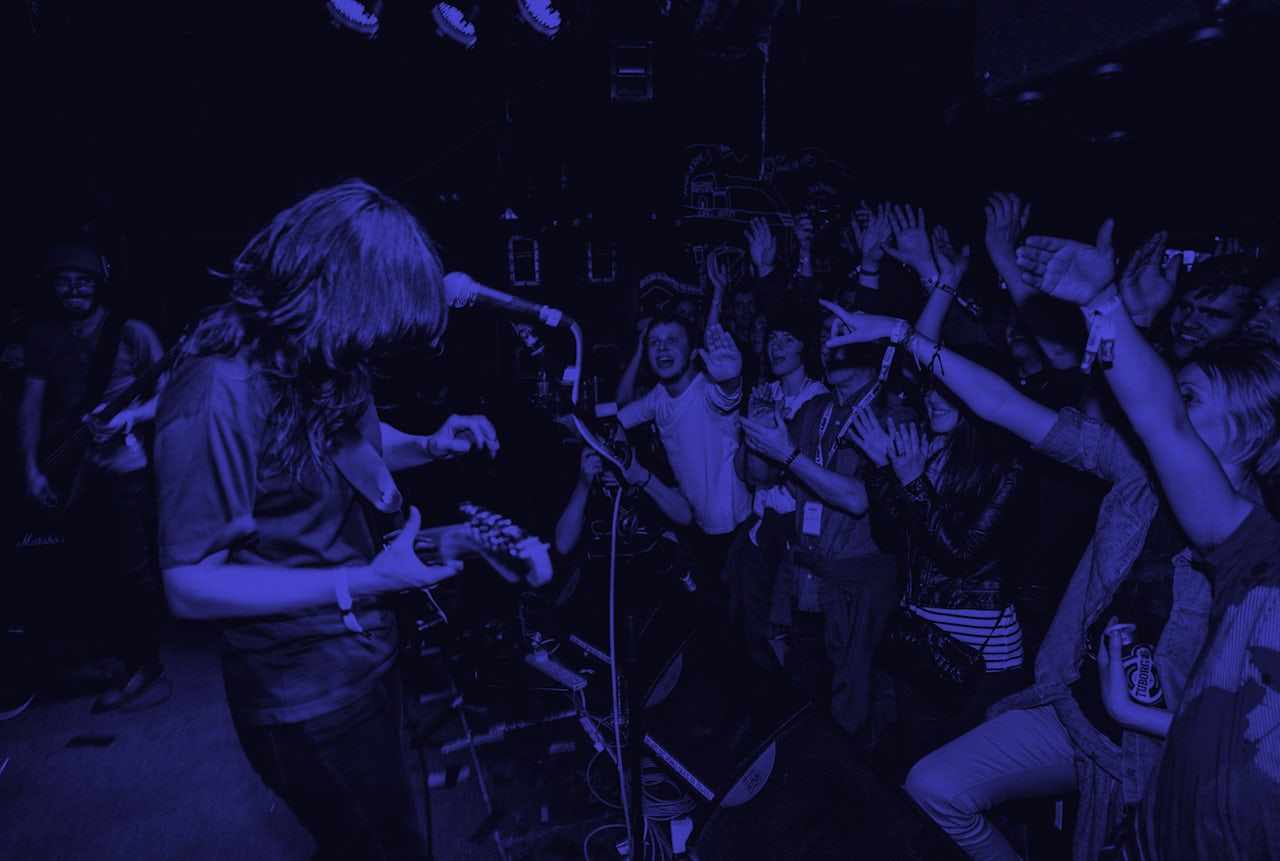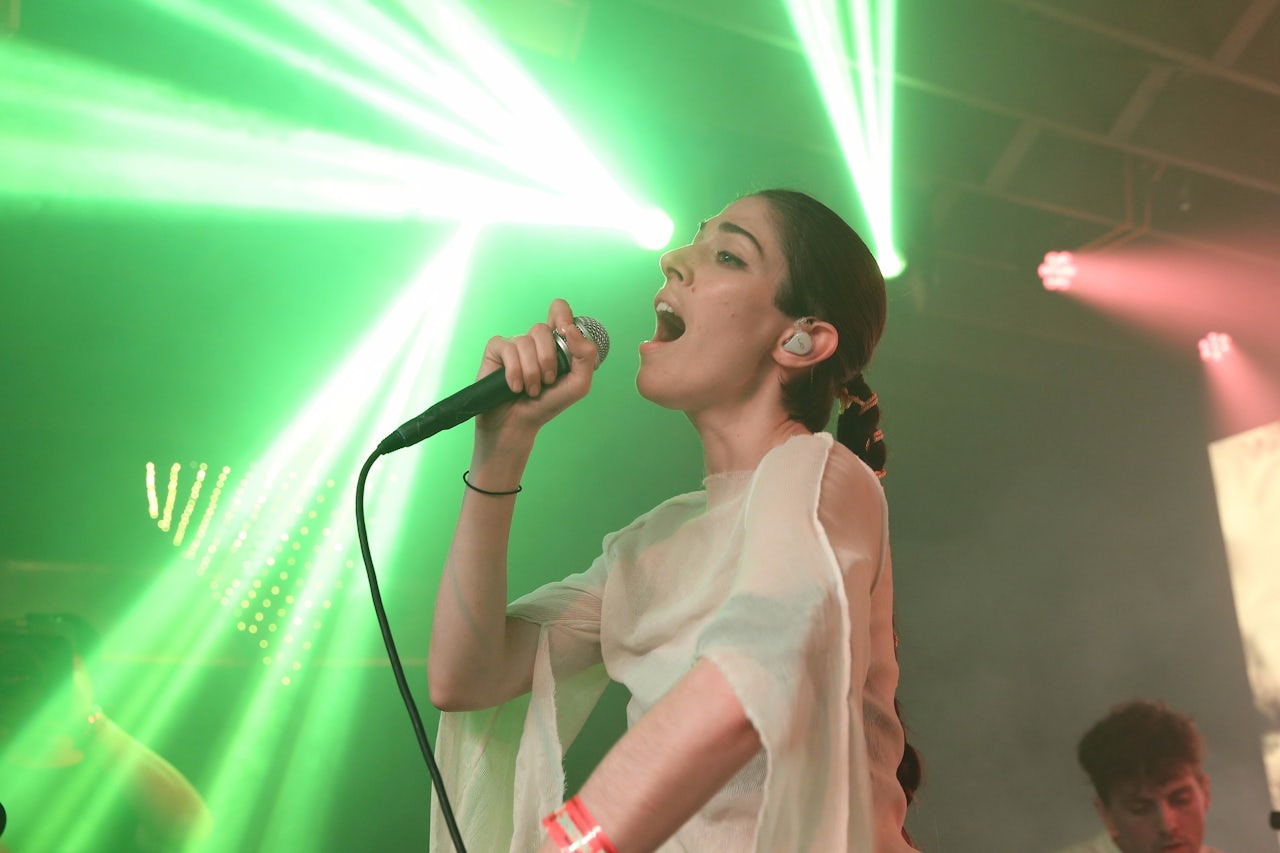Yesterday, 45 international music festivals and conferences pledged to achieve a 50/50 gender balance on their performance lineups and panels by the year 2022. The commitment, spearheaded by UK music funding organization PRS Foundation’s Keychange initiative, is clearly well-intended, but the news inspired an obvious question: Why would this take four years to begin with? It isn’t like they’re cleaning up a radioactive site; it’s just a music festival lineup. Couldn’t gender parity could be achieved overnight, if they wanted, by simply booking a little more thoughtfully?
The Outline reached out to 43 of the 45 participating music festivals to get a better idea of their plans. Of the 10 who responded, all stated that they expect to meet their gender balance goal much sooner. Some already have, like Edinburgh’s Wide Days conference and showcase, which according to founder Olaf Furniss achieved a gender balance in 2017. “The main challenge we face is budgetary, as there is not always the expertise locally, which in turn means we need to source participants from further afield,” wrote Furniss, adding that support from partners including PRS Foundation and Creative Scotland have helped them address that challenge. “It often means asking around our extended network rather than just settling for the first person who springs to mind, but we regard this as part of our job.”
According to the Keychange press release, other participating festivals to have already achieved the gender balance include Borealis in Norway, BreakOut West in Canada, NYC Winter Jazzfest, Pop-Kultur in Germany, and the UK’s Norwich Sound and Vision, BBC Proms, and Spitalfields Music. Additionally, as noted in the pledge’s press release, organizers of Canadian festival North by North East hope to achieve that balance this year.
Many of the other replying festivals stated that they would achieve gender parity long before the 2022 deadline. “We already had between 35 percent and 45 percent female acts in our billing in the last years and decided as a signal for the local industry to have a female only stage management and sound engineer team in 2016. Since then the tech team [is] balanced,” wrote Thomas Heher of WAVES Vienna in an email, adding while both the festival and conference parts of WAVES are close to a 50/50 gender balance, they hope to complete a full balance by 2019. Meanwhile, Norway’s By:Larm festival says it will achieve the balance next year, if not this year, stating: “We still do not have confirmed numbers, but we will be very close already this year.”
Richard James Burgess, CEO of the American Association of Independent Music — which puts on Indie Week, a conference promoting and celebrating independent music — stated that the organization is working to achieve the gender balance this year, not only in Indie Week, but in all of the events it organizes as well as on their regular team. While Burgess said he can’t speak for Keychange’s decision to set a 2022 deadline, “there has been an imbalance in our industry for so long that setting 2022 as a goal could be the push that is needed to make that change.”
With so many music festivals already on their way to achieving gender balance, why would the initiative set such a far-off goal? Representatives from the PRS Foundation did not get back to The Outline, but other festival representatives offered some probable explanations. Oslo World’s Mira Berggrav Refsum said “it is important to set a timeline that is within reach for festivals of different sizes, with different funds, staff, musical genres and audiences.” (42 percent of Oslo World’s delegates and 46 percent of its moderators were women in 2017.)
“It is a challenge to find and book bands not only with female front figures, but also female musicians in the band — often this is where we find the most imbalance,” added Refsum. “Even though there has been major development the past decade, the music industry is still dominated by men, especially in leading roles, and therefore we all have a challenge finding ways of measuring and achieving gender balance in all joints of our festivals.” Yaw Owusu, Music Curator for the Liverpool International Music Festival, echoed Refsum’s statement, responding, “I think it will take a few years because it isn’t just a matter of booking more female artists to perform. There are a few other industry and Talent development factors that need to be changing concurrently.”
“Even with a proactive approach it is difficult for festivals to achieve this balance overnight,” wrote Rebecca Ayres, COO of Liverpool Sound City. “For example, even in 2018, there are still fewer female artists that can headline festivals. This is due to the way that the industry has enabled them to progress, and it will take time to change which is why the 4 years timeline is in place. Festivals operate on tight margins and have to balance what will work commercially and sell tickets alongside who they want to book.” Ayres says Liverpool Sound City’s lineup this year will be 40 to 45 percent non-male. “Achieving equality and diversity across everything we programme is at the core of our aims as an organisation as we believe that in order to genuinely showcase the best emerging talent, it needs to come from every corner of the world and be representative of every genre, gender and background.”
Considering how long the dearth of non-male acts at music festivals has been called into question, exasperation with the deadline is understandable, as is disappointment in the absence of the U.S.’s biggest music festivals in making this commitment to gender diversity. (A 2017 Pitchfork study of the 23 biggest festivals in the country found that none had achieved a 50/50 gender balance, and 74 percent of all the lineups were men.) Music festivals have to sell tickets, of course, and obviously not all artists have the same drawing power, but a festival poster is a declarative statement reflecting the priorities of the organizers. If, time and time again, a lineup is precariously imbalanced, it wouldn’t be unfair to assume the people in charge simply don’t care enough to force a change, despite their statements. Commitments to ending the status quo are great, but with so much previous disappointment, the proof will be in the action, not the promise.
Additional reporting by Gaby Del Valle.

